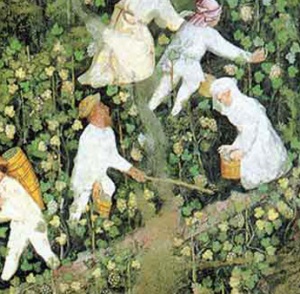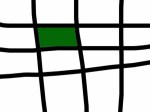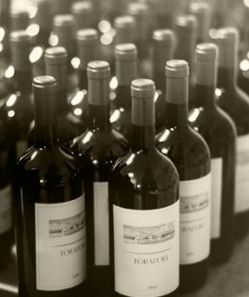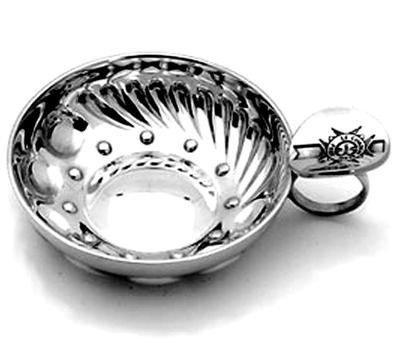“Wine is one of the most civilized things in the world and one of the most natural things of the world that has been brought to the greatest perfection, and it offers a greater range for enjoyment and appreciation than, possibly, any other purely sensory thing.”

In winter vines are like this, bare and empty
These words of Hemingway were perfect to describe wine as a final product, with all the meanings that it carries. The idea of “greatest perfection” and “great range of enjoyment” is clear to everyone. The role wine had in the civilization of the world is big, and it is underlined in a book by Tom Standage, which I’m going to read soon [if you are too lazy, you can find a synthesis here].
But the idea of my blog was to stick to a specific territorial context, and it is in this context that, on the way, I discovered that it’s the result of processes that change from person to person, from country to country. As a friend told me today, “behind a simple glass of wine there are stories, visions of the world” and these lives intersect each other in systems, groups tied up by common projects (think of I Dolomitici) or just to harvest, that make possible that “greatest perfection”.

Another wintry sight of Piana Rotaliana
Especially in systems like Trentino region, where most production is led in a cooperative way, everything related to wine has important ripercussions on the society, which strongly depend from it. From here to a higher level is but a short step: cooperation is a reality in many fields, from banks to houses to fruit market…

Now it's small, but after a sunny summer it will become a red, full Teroldego bunch...
As for wine production, the growers who give their grapes to the wine cooperatives are about 8.000, with 8.100 hectars of vineyards, over the 90% of the whole Trentino’s production. This system is very good if you think that winegrowers are not left alone to face the market, but they can count on a strong structure, and during a crisis, like last year, that has meant that even if the cooperative didn’t sell enough, the winegrowers have received a noteworthy remuneration. On the other hand this huge, strict structure doesn’t consider a priority to change the wrong agricultural practices, even if they claim that they respect the environment and so on. While talking to private winegrowers has clearly emerged the need for an overall change, which is impossible as long as the 90% of winegrowers shield theirselves with the wine cooperatives…

Three weeks later the grapes are bigger and bigger
Another thing that aroused my curiosity was the relation between wine, a old, mature product -as an economics professor would say- and creativity. Winemaking is often a process built with a high level of creativity (think for example of the varieties of vines, the different blend you can make then in the wine cellar and so on). But the way designer (from Eoos to Mendini) and artists (I’ve seen Chia’s example) conceive different ideas of approaching the world of wine is always different and interesting. And it is always amazing finding that something is changing also in this region, thanks to South Tyrol which is always a step ahead of Trentino!

Vineyards in the early summer, ready to hold growing bunches
































